Mill Wood Pit
In 1995 Mill Wood Pit was acknowledged by English Nature to have an invertebrate fauna of national importance. Despite this, all but a tiny fragment of the site and adjacent area was developed for housing, with minimal mitigation for the massive loss of nature conservation land above the then existing outline plans for the development. However some benefits have been made, with surviving parts of the Chafford Hundred area becoming under the ownership and management of the Essex Wildlife Trust in 2005.
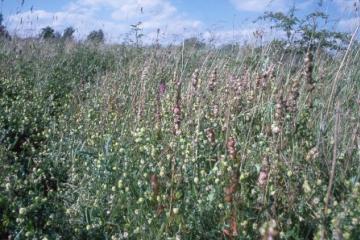
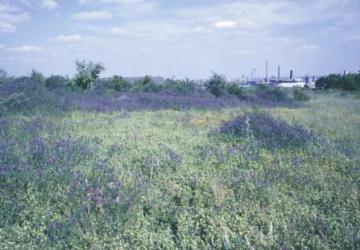
The unmanaged flower rich grasslands provided a diverse structural mosaic with rich forage and phytogenous resources for insects and dead herbaceous stems for stem nesting species. The sandy slopes, sand and chalk banks and sand cliffs all provided important nesting habitat for ground nesting bees and wasps, as well as Sand Martins (now gone).
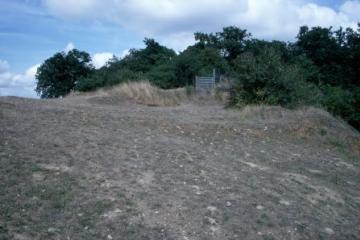
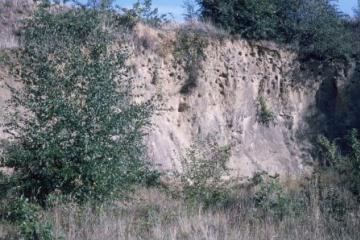

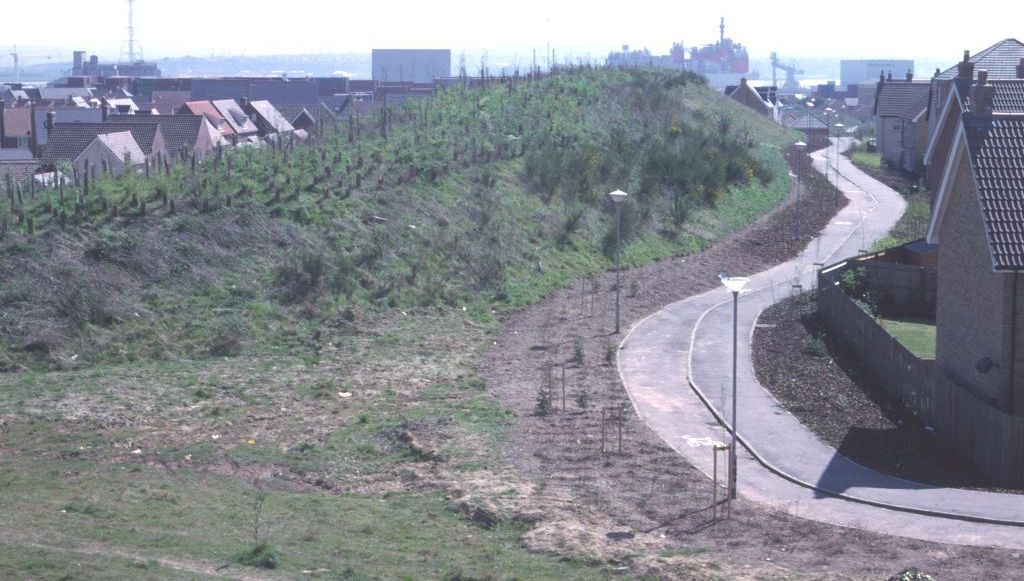
Back to destroyed sites
Flower rich area at Mill Wood Pit in 2004


both © Peter Harvey
The unmanaged flower rich grasslands provided a diverse structural mosaic with rich forage and phytogenous resources for insects and dead herbaceous stems for stem nesting species. The sandy slopes, sand and chalk banks and sand cliffs all provided important nesting habitat for ground nesting bees and wasps, as well as Sand Martins (now gone).
Sand slope and cliffs at Mill Wood Pit


both © Peter Harvey
Mill Wood Pit after development

© Peter Harvey
Open space at Mill Wood Pit after development

© Peter Harvey
Open space at Mill Wood Pit now bears little resemblance to anything formerly present, and does not provide flower rich areas to support foraging insects (or Sand Martins).Back to destroyed sites























